Filter data
|
ID |
Nickname |
Country / City |
Languages |
Taxonomies |
Comment |
Project / Group |
Map |
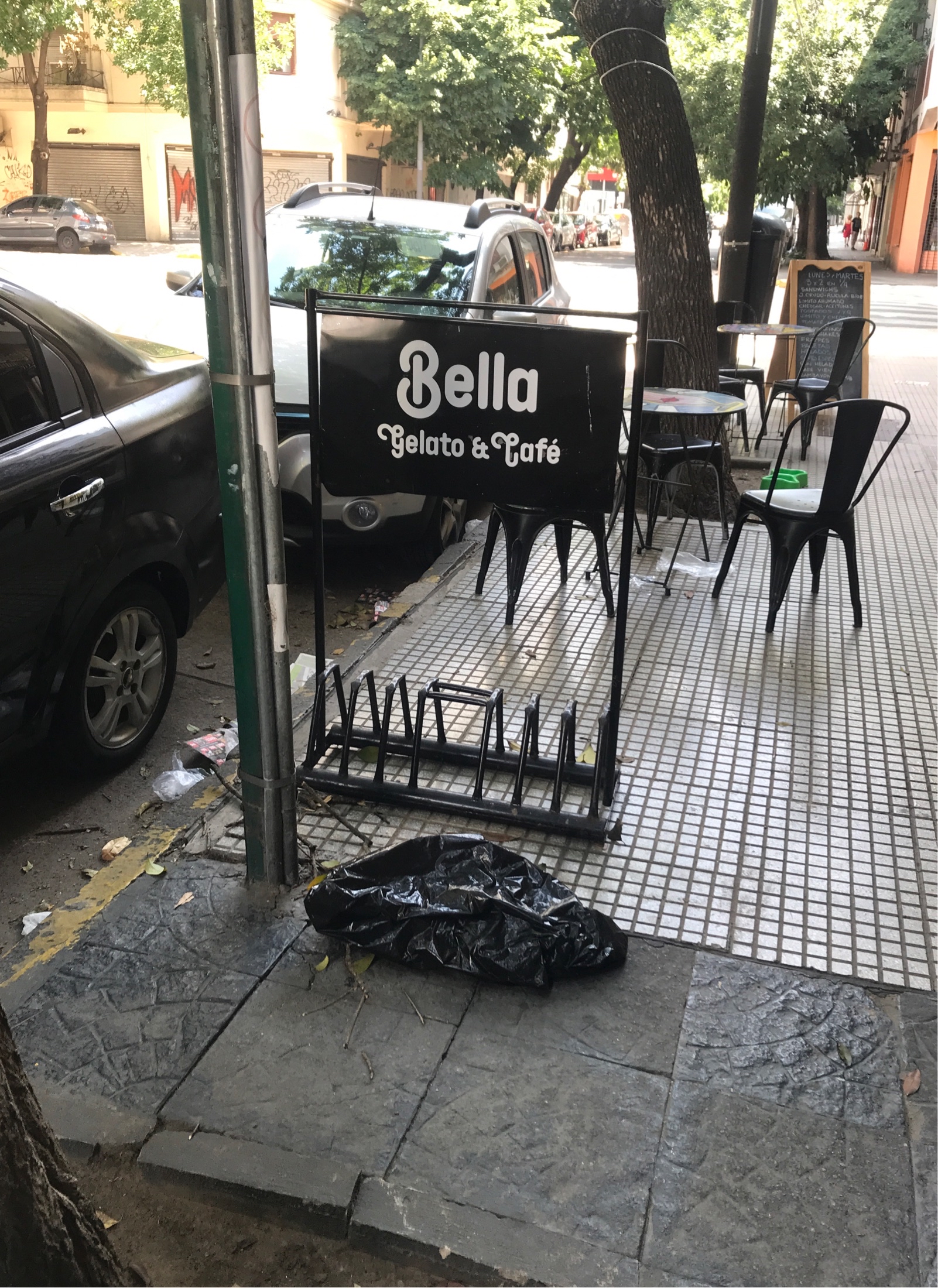
|
74348
|
|
Argentina
Buenos Aires
|
|
|
—
|
Italianismi
|
|
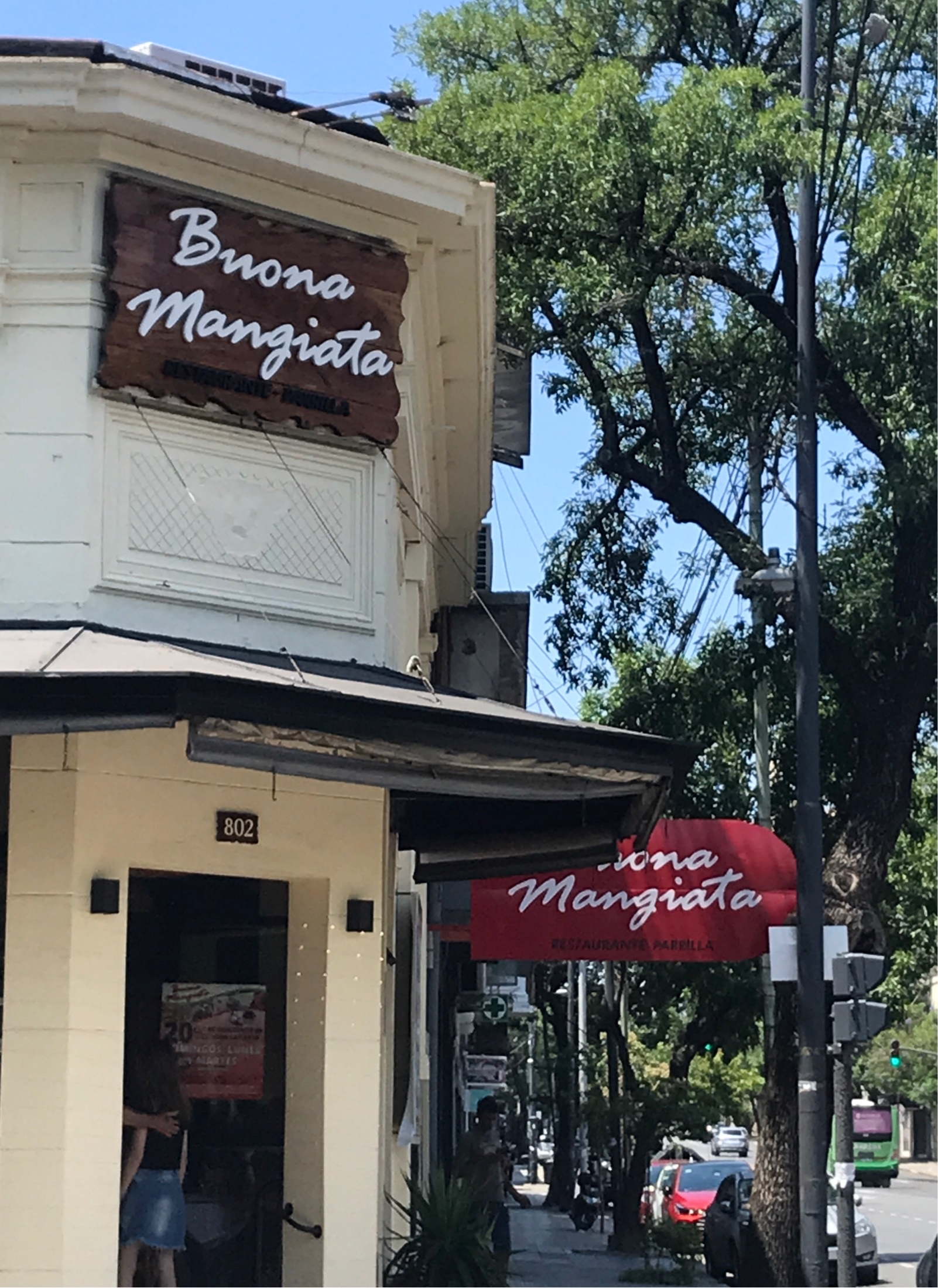
|
74347
|
|
Argentina
Buenos Aires
|
|
|
—
|
Italianismi
|
|

|
74346
|
|
Argentina
Buenos Aires
|
|
|
—
|
Italianismi
|
|
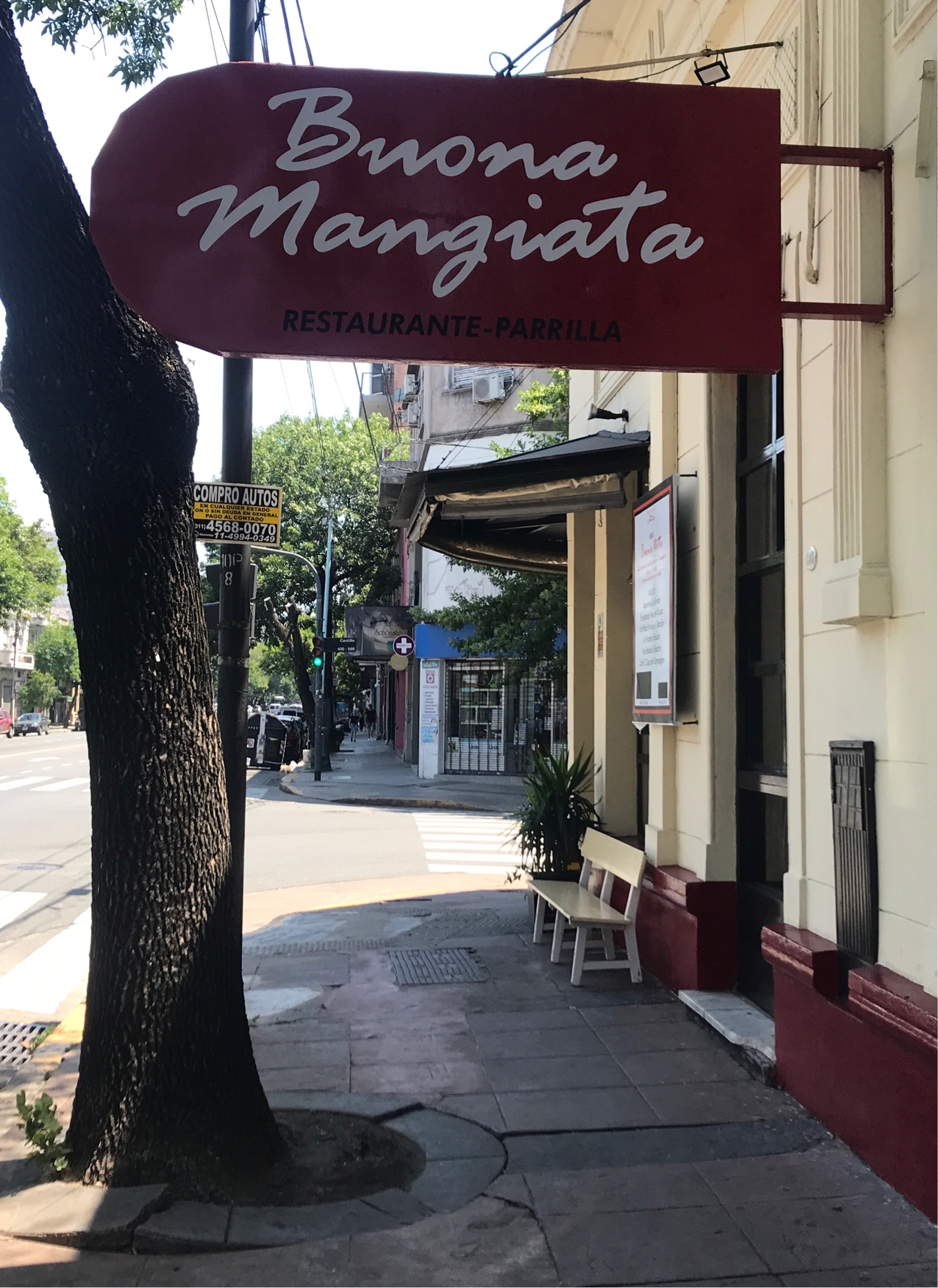
|
74345
|
|
Argentina
Buenos Aires
|
|
|
—
|
Italianismi
|
|

|
74344
|
|
Argentina
Buenos Aires
|
|
|
—
|
Italianismi
|
|

|
74343
|
|
Argentina
Buenos Aires
|
|
|
—
|
Italianismi
|
|

|
74342
|
|
Argentina
Buenos Aires
|
|
|
—
|
Italianismi
|
|

|
74341
|
|
Argentina
Buenos Aires
|
|
|
—
|
Italianismi
|
|
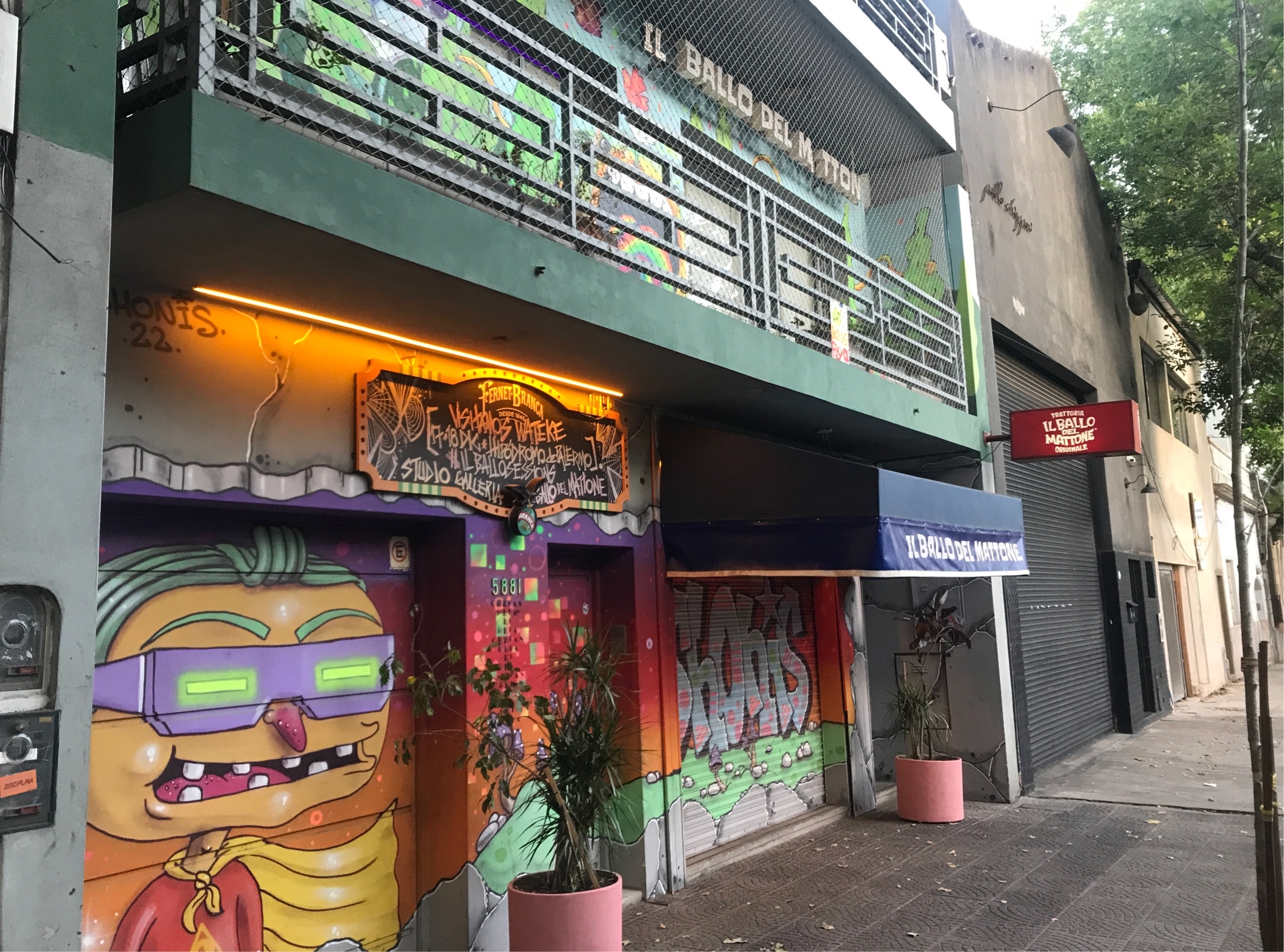
|
74340
|
|
Argentina
Buenos Aires
|
|
|
—
|
Italianismi
|
|
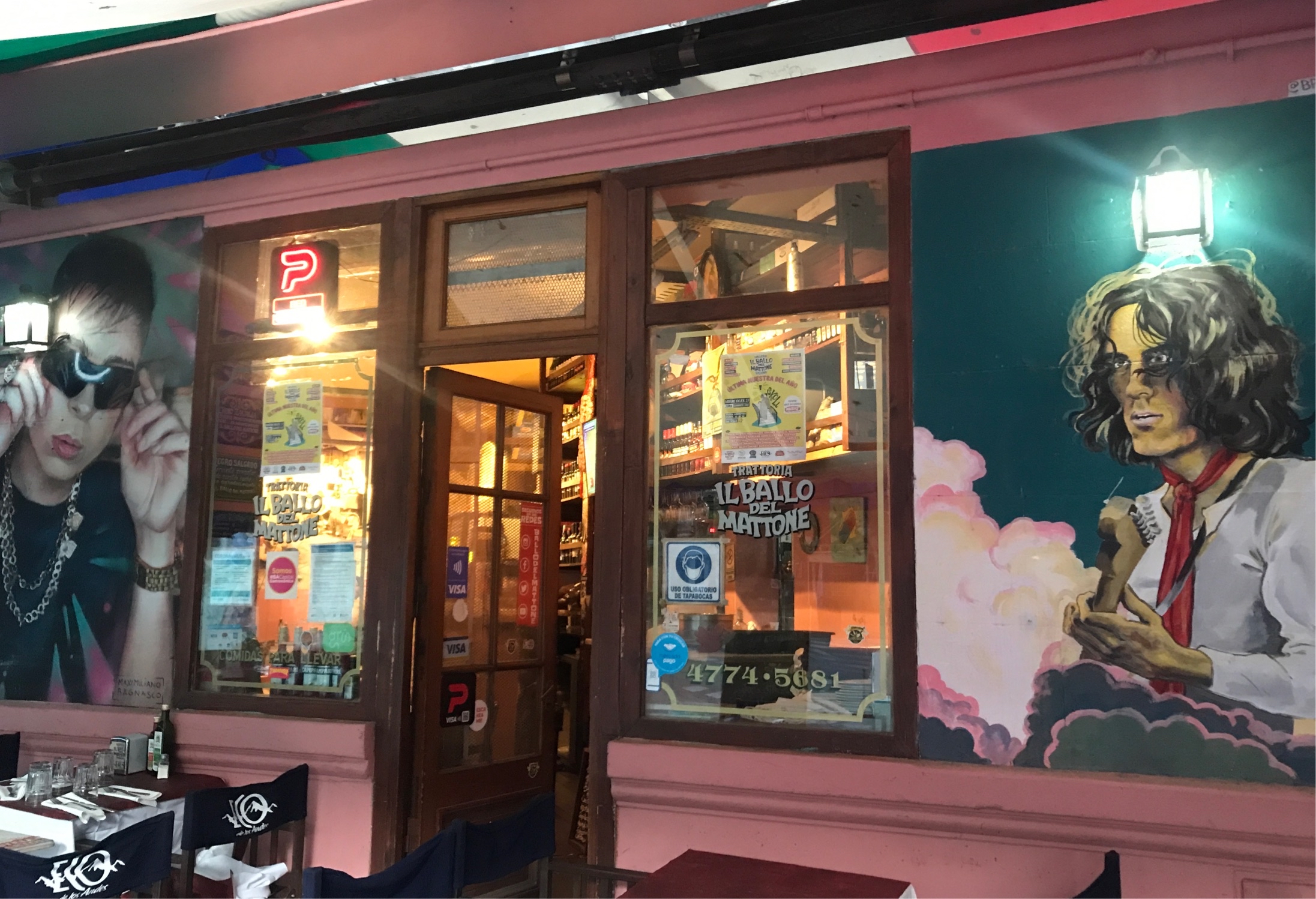
|
74339
|
|
Argentina
Buenos Aires
|
|
|
—
|
Italianismi
|
|
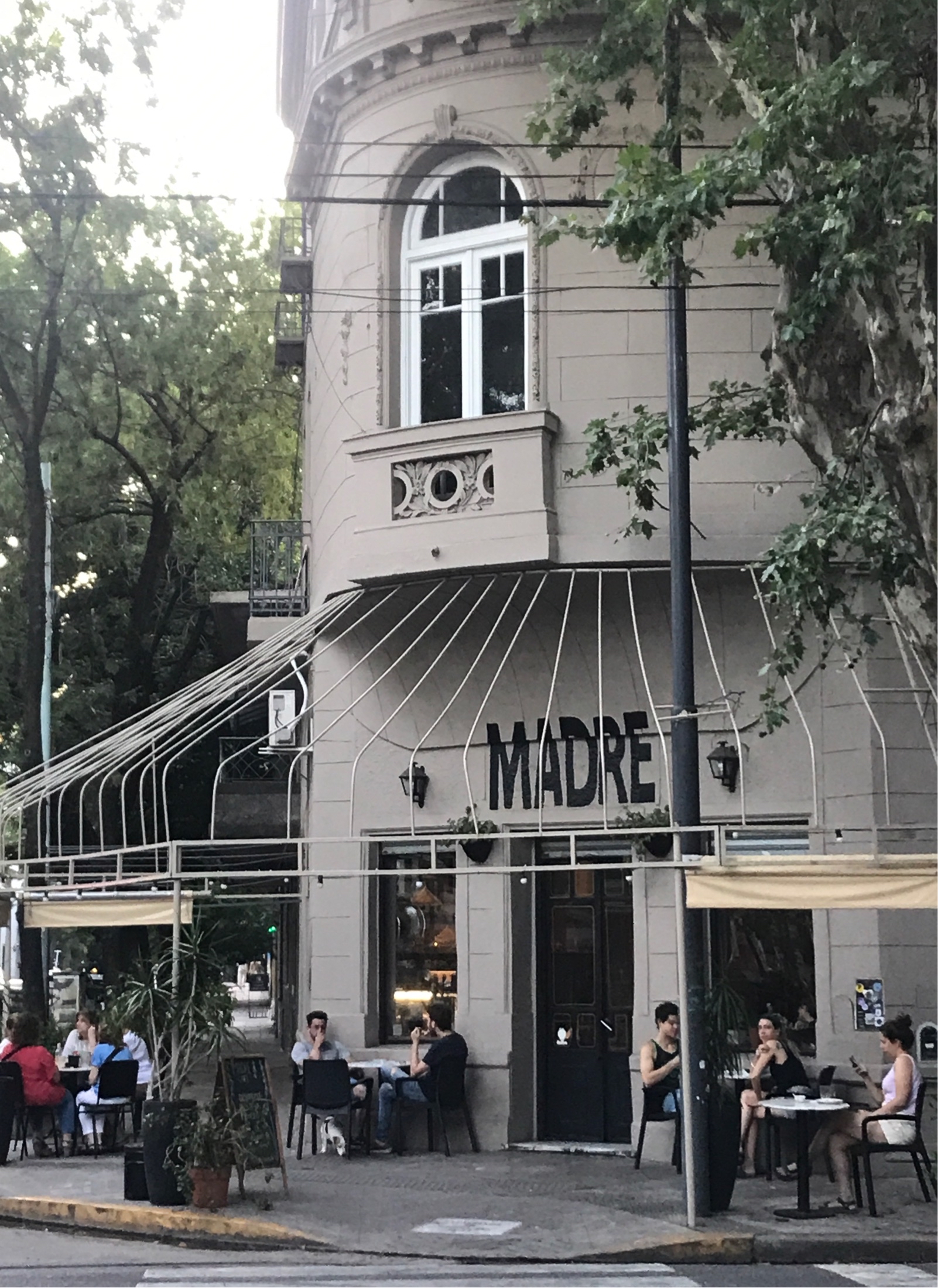
|
74338
|
|
Argentina
Buenos Aires
|
|
|
—
|
Italianismi
|
|
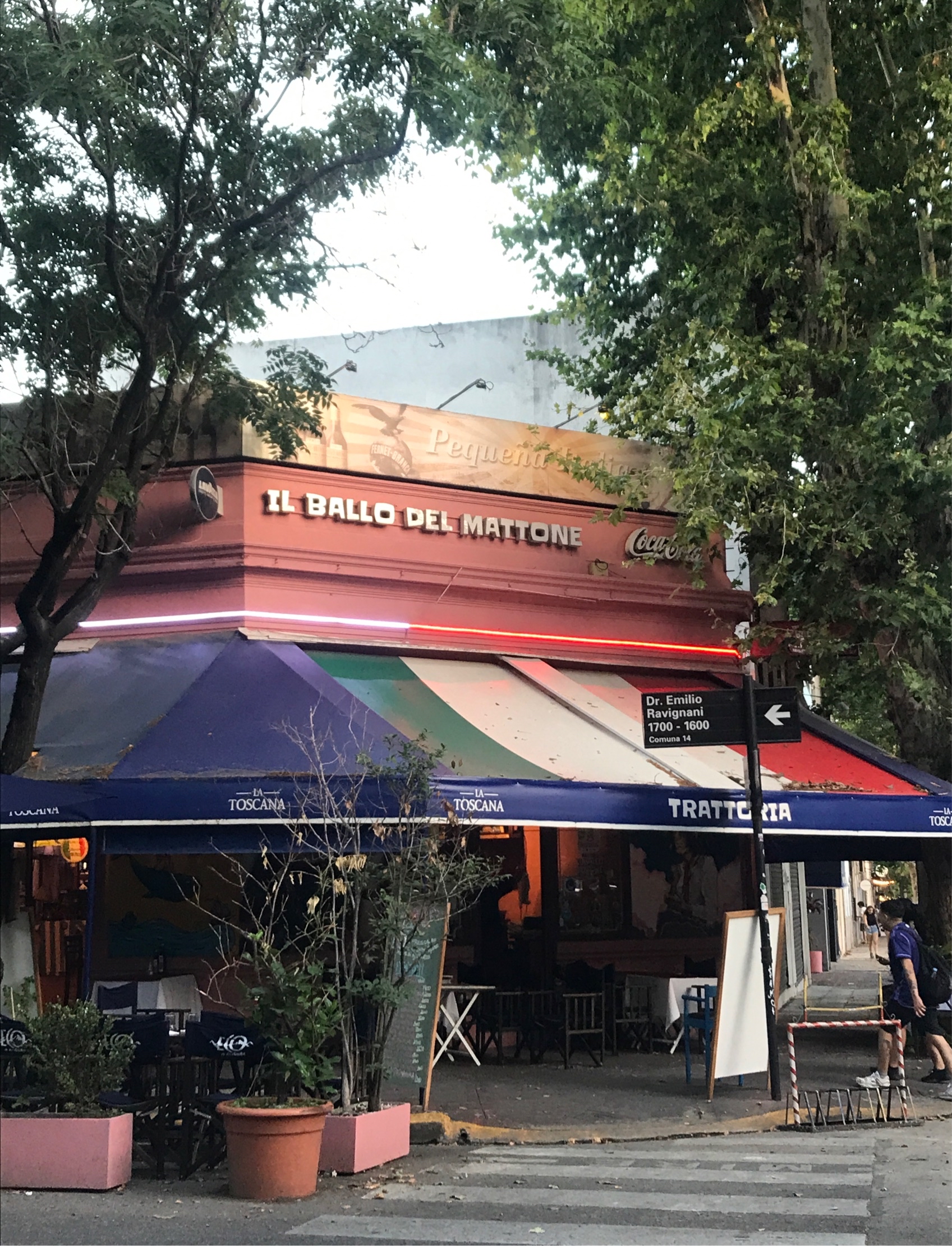
|
74337
|
|
Argentina
Buenos Aires
|
|
|
—
|
Italianismi
|
|

|
74336
|
|
Argentina
Buenos Aires
|
|
|
—
|
Italianismi
|
|
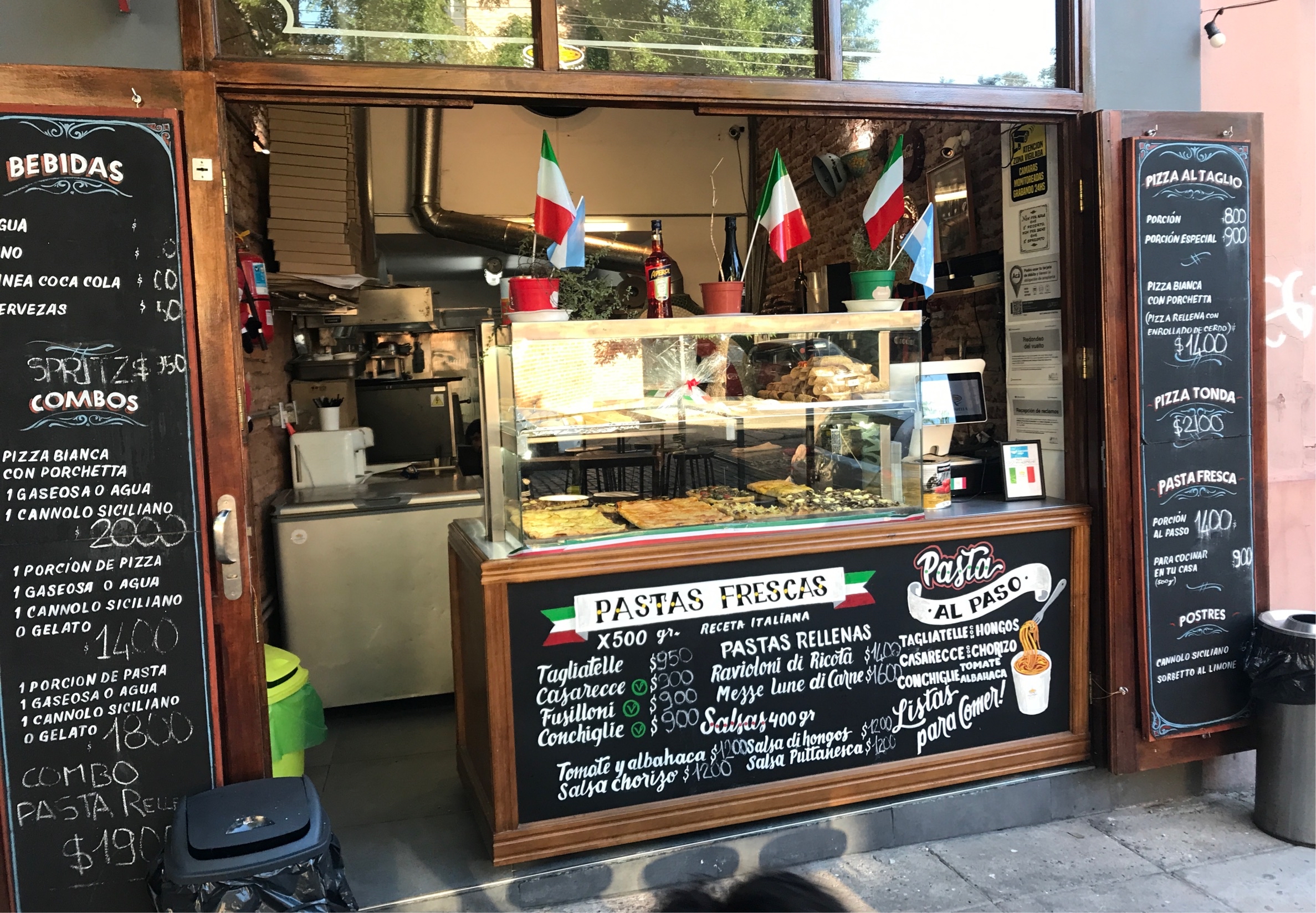
|
74335
|
|
Argentina
Buenos Aires
|
|
|
—
|
Italianismi
|
|
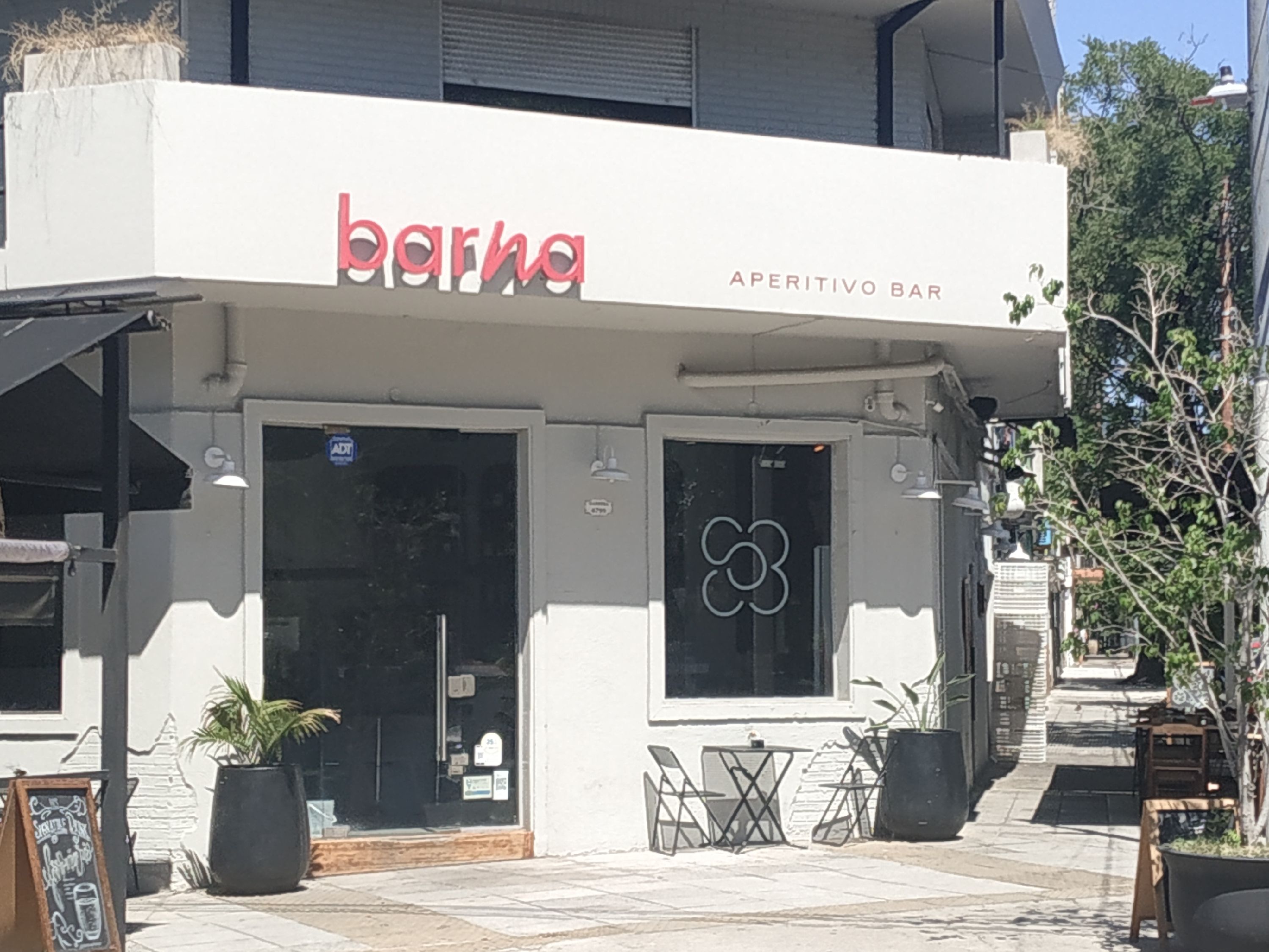
|
74333
|
|
Argentina
Buenos Aires
|
|
|
—
|
Italianismi
|
|

|
74332
|
|
Argentina
Buenos Aires
|
|
|
—
|
Italianismi
|
|
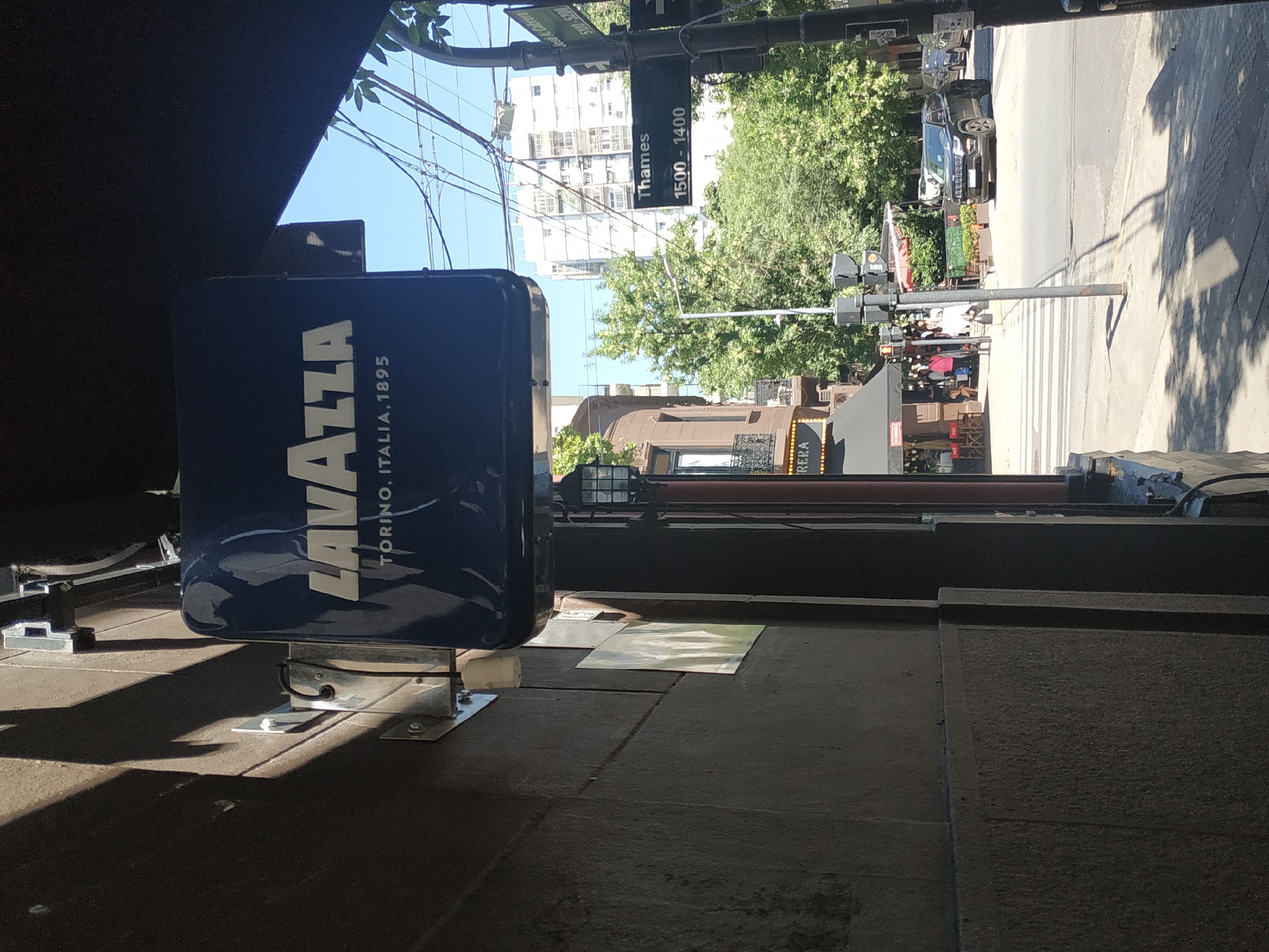
|
74331
|
|
Argentina
Buenos Aires
|
|
|
—
|
Italianismi
|
|
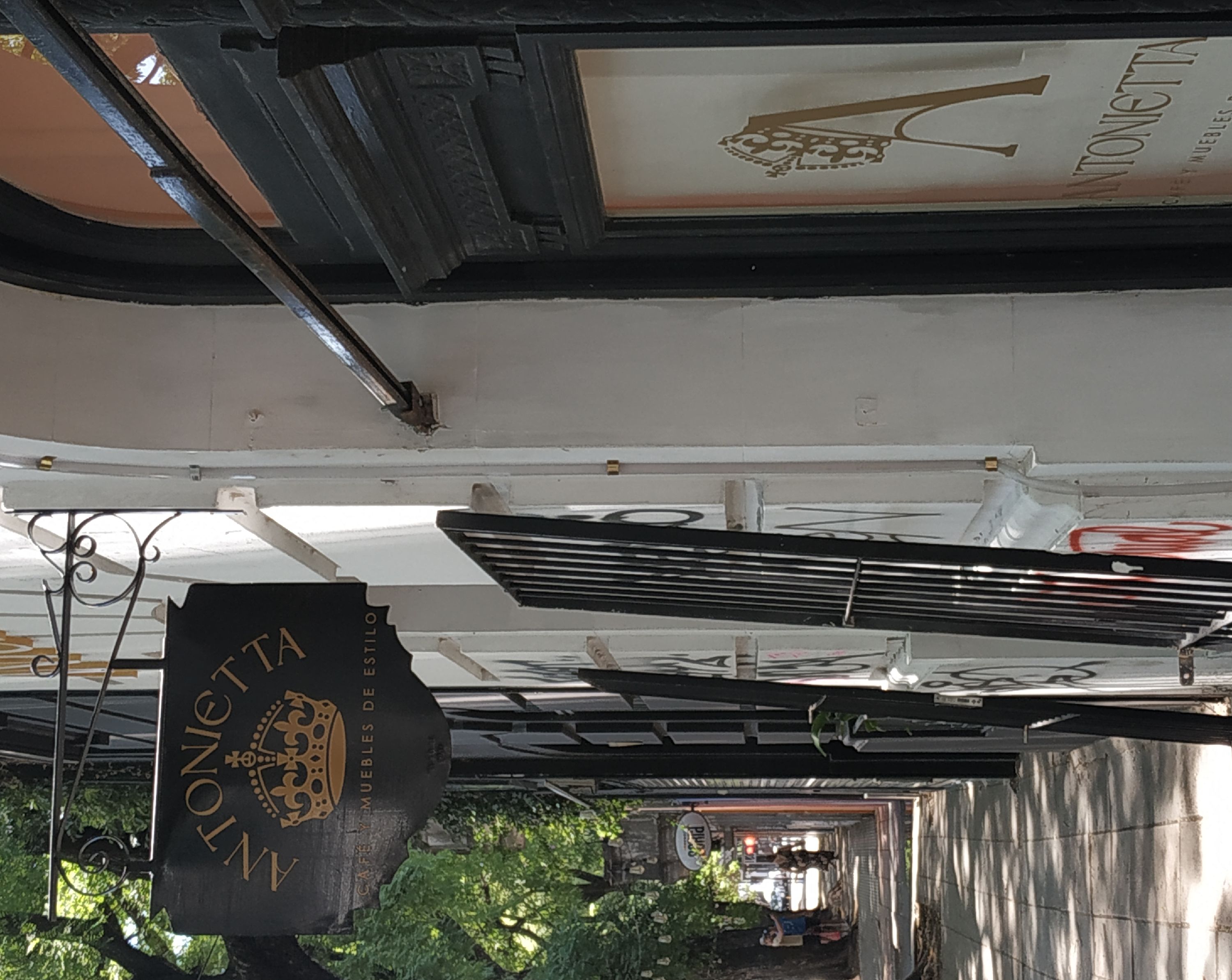
|
74329
|
|
Argentina
Buenos Aires
|
|
|
—
|
Italianismi
|
|
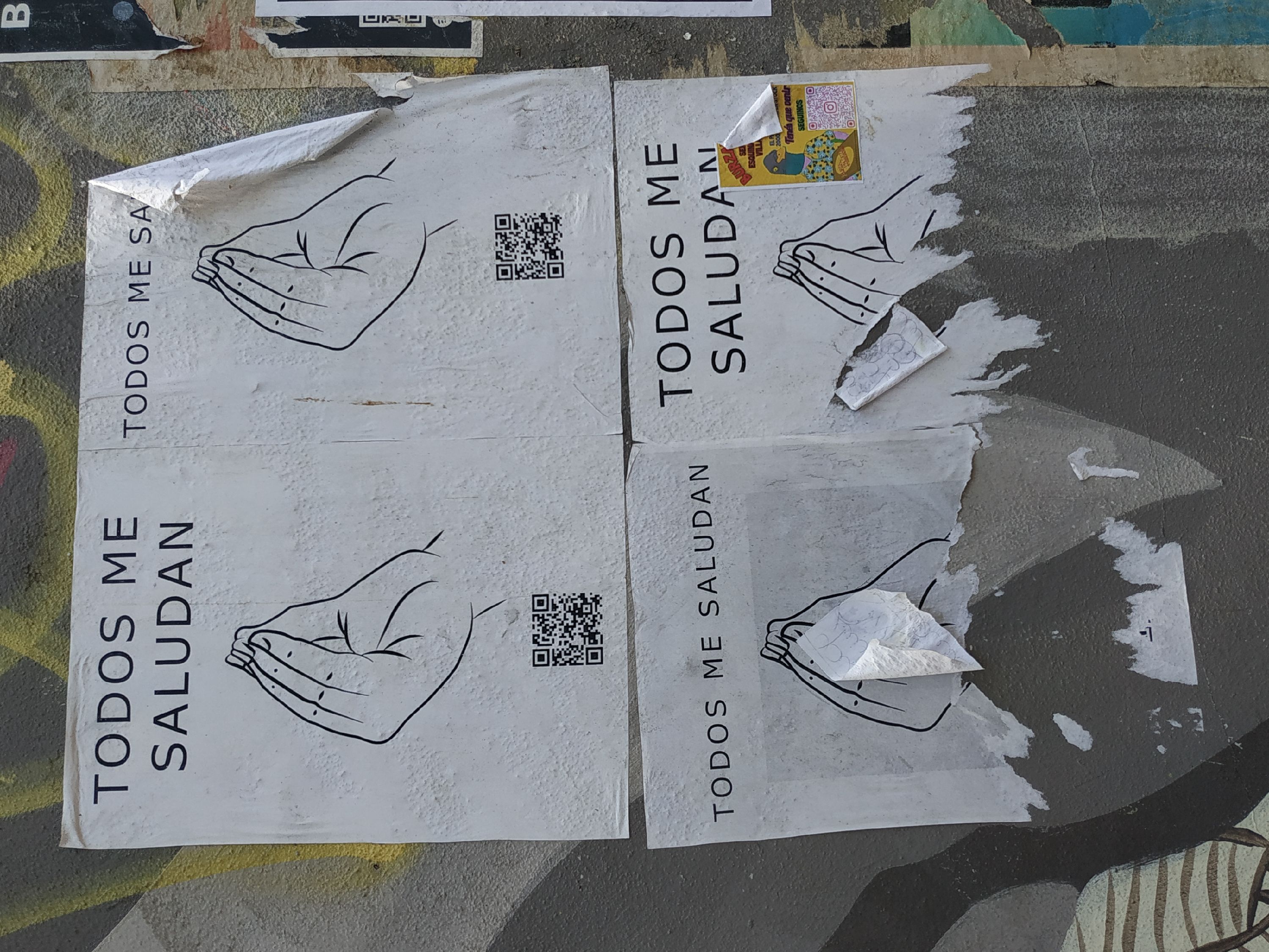
|
74328
|
|
Argentina
Buenos Aires
|
|
|
—
|
Italianismi
|
|

|
74327
|
|
Argentina
Buenos Aires
|
|
|
—
|
Italianismi
|
|